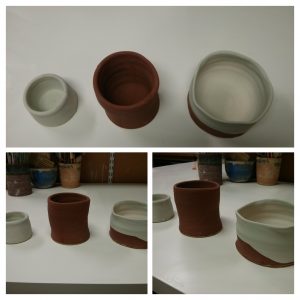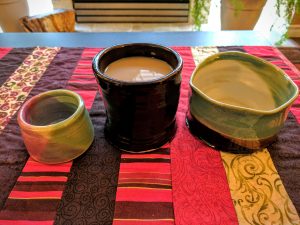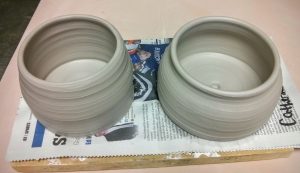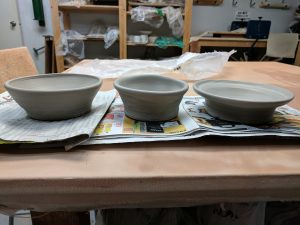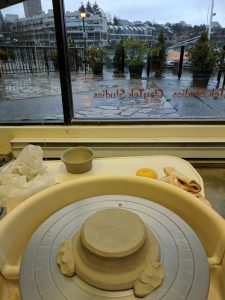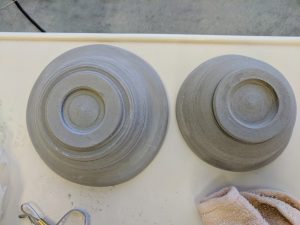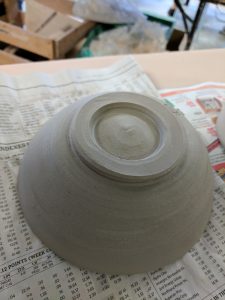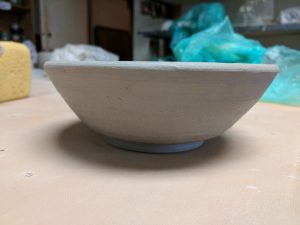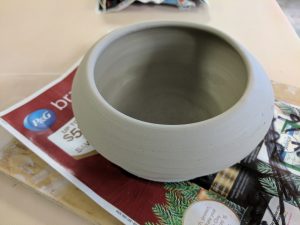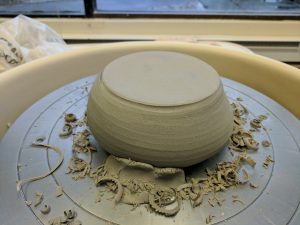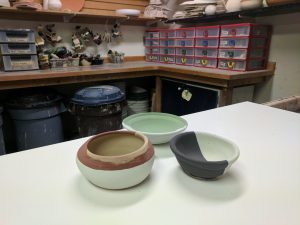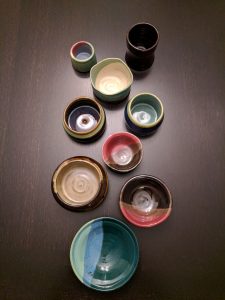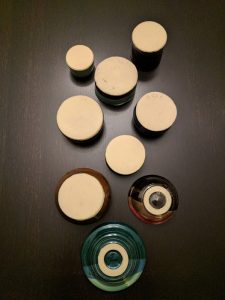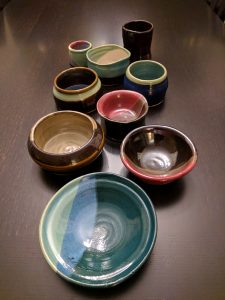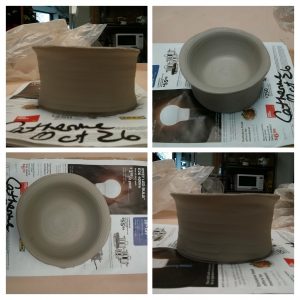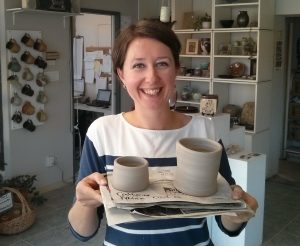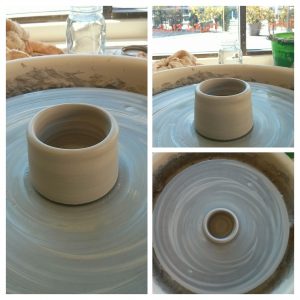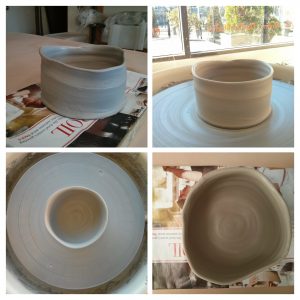One of the gifts I have given myself this sabbatical is a commitment to yoga class. For the past 10 months or so, I’ve been going to yoga class pretty much twice a week (basically whenever I’m in Vancouver). I’m not sure my mind is calmer for it (but maybe it is?), but it’s allowed me to sneak in stretching and core strengthening into my exercise routine — two things I have trouble doing on my own. Recently I’ve been thinking about my yoga classes as adventures in teaching and learning. Here are some of my observations:
- I enjoy learning in the social context of a class. SURPRISE of the century, I know. But spending all this time in a class has given me the chance to really reflect on that, including my role as learner. I find it motivating to share a physical space with other human beings who also want to learn something I’m interested in learning. I find it motivating to be guided by someone who has deliberately planned a sequence of activities to help me learn and practice skills (whether or not they’re fully “expert”). I’ve met people who are able to practice yoga on their own with videos, but that’s just not me and I’m ok with that. I probably have assumed that my students are motivated by the collective experience of class. What if they’re not? What options can/do I give for students who might be motivated like I am by the collective classroom experience, or motivated differently?
- As a teacher, I can offer activities and opportunities, but I must do it in such a way as to allow students to go deeper or shallower depending on what they need out of that class/course. That also involves helping students learn to listen to their own needs and trusting that they will make the choice they need to make that day. What’s tricky here is that yoga is optional and there isn’t a final exam. That’s not true in my classes.
- My regular yoga teacher is inspirational. Her best classes are creative, based in the fundamentals of hatha, and build an arc that begins with warming up specific muscle groups and finishes with a corresponding challenging pose. She explains how movements link to each other, making explicit her pedagogical choices. She brings positivity, and encourages students to listen to their bodies carefully. Her prompts have helped me learn to accept where my body is and what it needs in each moment.
- Even she gets tired and overworked. She’s been teaching other novice yoga teachers recently on top of her regular teaching. Her classes are still good, and I can tell she’s choosing to focus on what she knows best: the basics of hatha. This is good, but — and I say this lovingly as a fellow teacher — not her best most inspirational teaching. Noticing this about her is helping me reflect on how burnt out I was a year ago and how much I needed a break from the classroom. I love teaching students. It’s fun and creative and in my best moments I’m helping my students create and re-create their understanding of the world. But it’s also exhausting. And after my Aunt died last February I was crawling every day toward sabbatical break. Now more than ever I’m certain it showed in the energy and creativity I wasn’t able to bring to class. Self Care isn’t optional in this line of work.
- Learning from substitute yoga teachers, novice or experienced, helps me to think a bit differently about my practice. Always learning from the same person–even if she is incredibly skilled and I really enjoy her classes–doesn’t mean I can’t learn insights from someone else, even if I don’t fully love the whole experience (but sometimes I do and that’s great too).
I’ve signed up for a yoga pass that continues indefinitely. My goal is to continue making it to class on Mondays and Thursdays, even after my own classes begin in the fall. Please forgive me when I won’t schedule a meeting that runs past 3pm on those days. I need to engage in this Self Care so I can keep bringing my best.

 Follow
Follow
